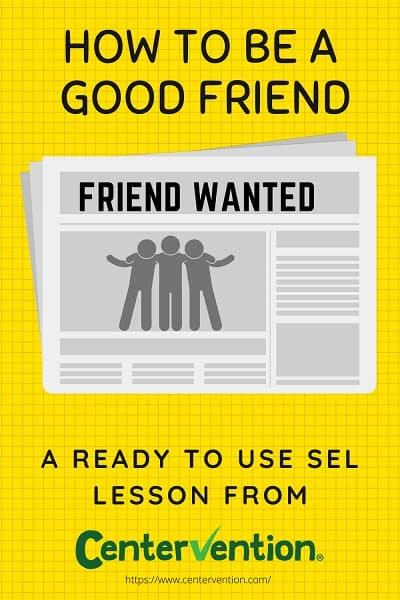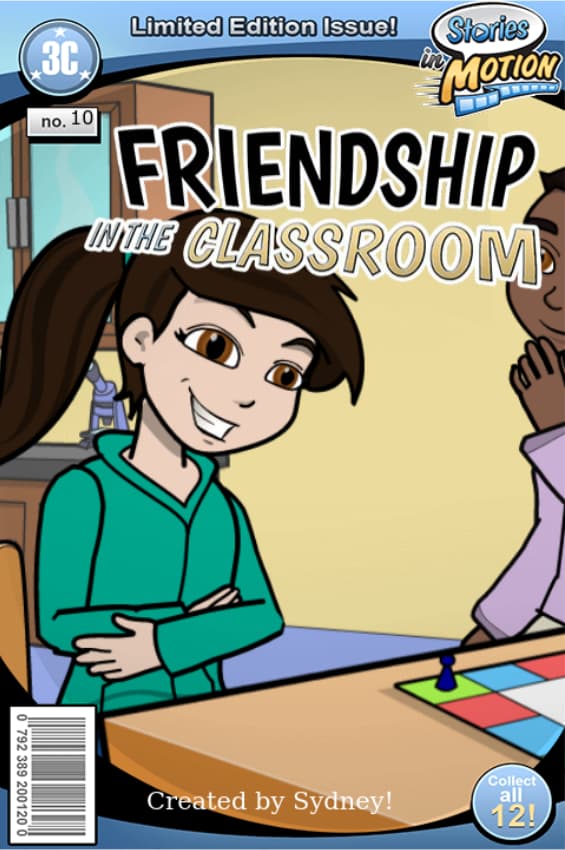Learning how to be a good friend is an intentional process that can be supported by adults who coach and model good behaviors.
Friendships develop and change as children grow, beginning at a young age when children find their first companions in play groups or at school. In early childhood, children rapidly gain an awareness of their environment as new skills flourish. Similarly, they become aware of their own preferences for activities and interests which, inevitably, forms the root of their values. As they progress into adolescence, children begin drawing conclusions about themselves and their identities which, in turn, is often reflected in their friendship choices. Encouraging children to reflect on the qualities of good friends allows them to seek healthy peer relationships while fostering self-awareness.
How Do Friendships Develop?
Making friends can seem straightforward from an objective standpoint but is, in fact, a complex series of social navigations that requires planning and care. In one study, children were interviewed about the process of making friends as well as the traits a good friend might have. Even the young participants expressed an awareness that making new friends isn’t as simple as asking someone if they’d like to play, and it seems that from an early age children understand that there are nuances to the layers of friendship, inclusion, and social norms. There are several social skills that must be practiced in order for friendships to develop and thrive.
Suzanne Degges-White Ph.D suggests that identity and social skills are tied to forming successful relationships, noting
“We also want friends with good social skills—this makes friendship development that much easier for both parties in a friendship. Not only do good social skills help facilitate a budding friendship, researchers have also found that when someone shares positive words with us, it generates feelings of familiarity.
When it comes down to it, the people we like to be around are those who make us feel good about who we are, what we believe, and what we enjoy doing. Although not every friend will meet all of those preferences all of the time, the ones who support the aspects of our identities that matter the most are the ones we are most likely to count among our collection of good friends.”
How to be a Good Friend at School
There are many lessons that provide a framework for uncovering the traits of a good friend. It is important, too, that educators allow opportunities for students to practice friendship skills both in face-to-face classrooms as well as virtual platforms. With many schools now offering remote learning options to students of all grade levels, we must consider how identity and friendship relate in the digital age and provide context for these students as well.
This lesson will support students working with activities that invite them to examine their own desirable friendship traits as well as the qualities they wish to see in others.
Recommended Grade Level: Elementary and Middle School
SEL Skill(s): Communication, Social Initiation
Duration: 30 minutes
Materials:
- Mock Wanted Ad
- Chart Paper
- Friend Wanted Worksheet
How to be a Good Friend: Lesson Instructions
Friendship Advertisement
Ask students if they’ve ever seen a “Wanted Ad.”
You can describe to them the details of how it works to publish ads in a newspaper or an online forum when you are seeking to buy, sell, work, or hire someone.
Show students the example of the mock ad. Notice that the ad clearly states what is desired of the employee and also makes note of what is offered in exchange.
Tell them that today they make a very special advertisement: an ad for a friend!
Explain to students that their friendship ad will list what they would like in a friend and also what makes themselves desirable friends. Invite students to share ideas about what they look for in a friend.
Optional: Consider making a poster on chart paper together and filling in the columns “A Good Friend Is” and “A Good Friend Does.”
Allow students to complete the worksheet “Friend Wanted” on their own. There are two options, a newspaper ad or an online post, and you can use either depending on the age/instructional model (or give students a choice!). Depending on the grade level, you can direct your own requirements to range from an illustration of a good friend to a short paragraph.
Friendship Lesson Extensions
Supporting the social skills of friendships is an ongoing effort!
Consider making a bulletin board display of the friendship ads to remind students of their commitments to the qualities of good friendship. You can also add a weekly “Friendship Frenzy” during a morning meeting and invite students to give a shout-out to peers who displayed acts of good friendship.
Lesson Extension When Using Centervention Online Programs
With Centervention’s Stories in Motion program, students have an opportunity to work through twelve school-based social scenarios including one specifically about Friendship at School.
Important Note: Many students need remedial work in developing social emotional skills, especially as a result of the pandemic and remote learning. And while Stories in Motion was designed for students with Autism, it can be used by any student needing additional assistance.

